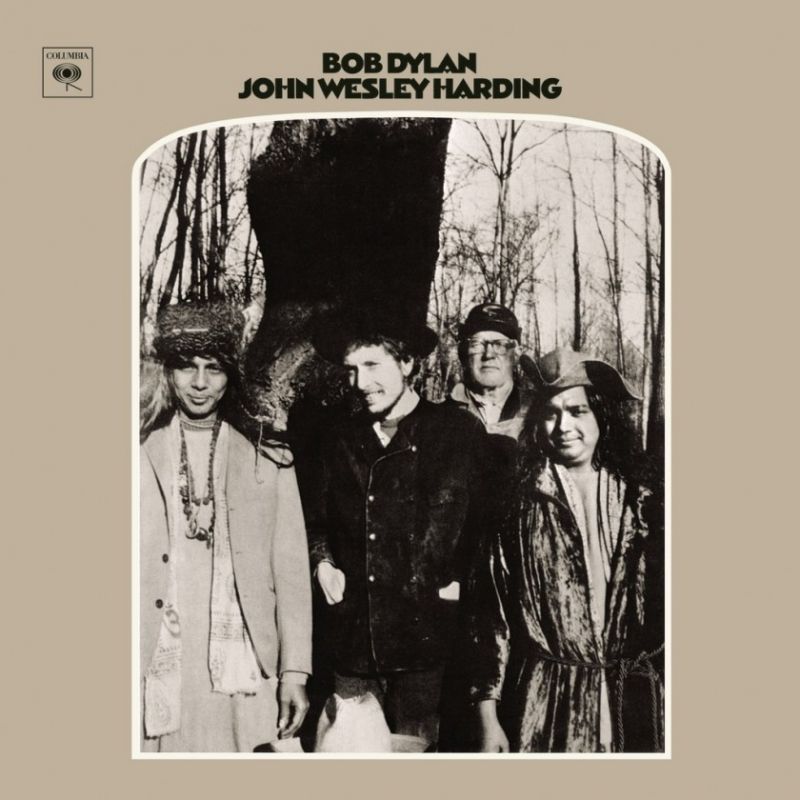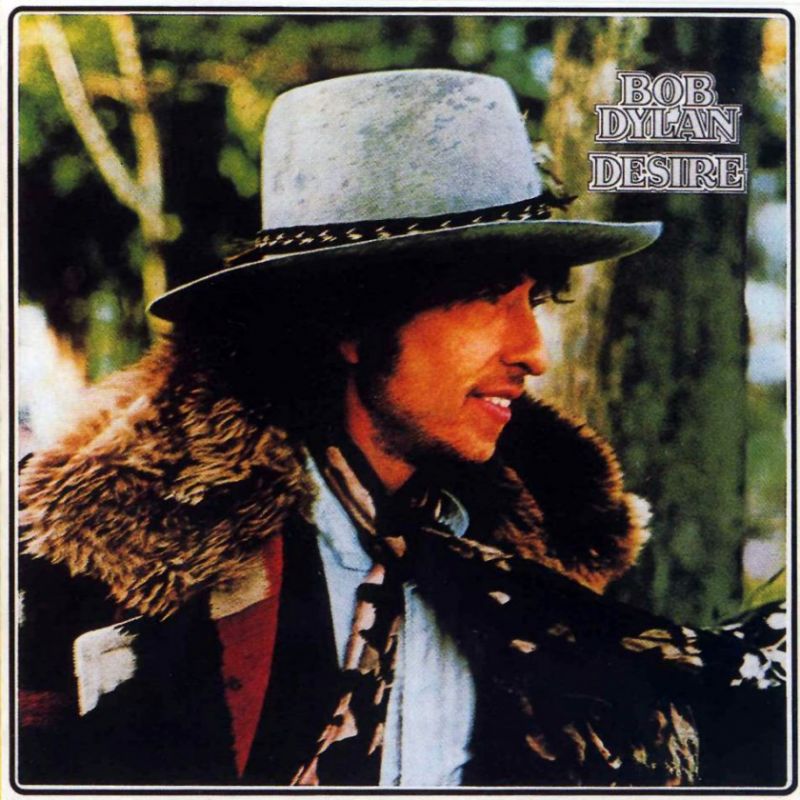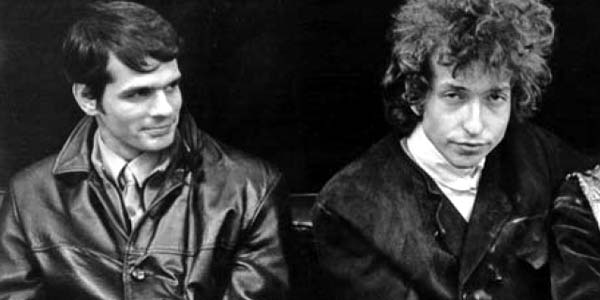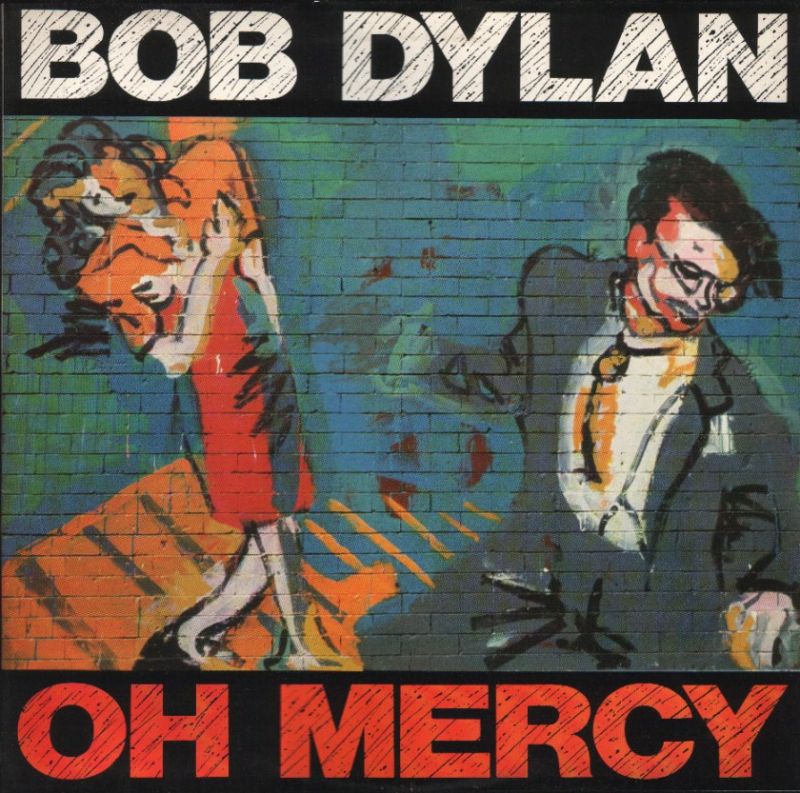[vc_row][vc_column][vc_message message_box_color=”mulled_wine” icon_fontawesome=”fa fa-quote-left”]The message isn’t in the words, …. I don’t do anything with a sort of message.
I’m just transferring my thoughts into music. Nobody can give you a message like that.
~Bob Dylan (to Ray Coleman, May 1965)
To me, that song [When The Ship Comes In] says a whole lot. Patti LaBelle should do that. You know? You know, there again, that comes from hanging out at a lot of poetry gatherings. Those kind of images are very romantic. They’re very gothic and romantic at the same time. And they have a sweetness to it, also. So It’s a combination of a lot of different elements at the time. That’s not a contrived line. That’s not sitting down and writing a song. Those kind of songs, they just come out. They’re in you so they’ve got to come out.
~Bob Dylan (to Paul Zollo, April 1991)[/vc_message][/vc_column][/vc_row]
56 years ago today Dylan did his 4th recording session for “The Time They are A-Changin'”






